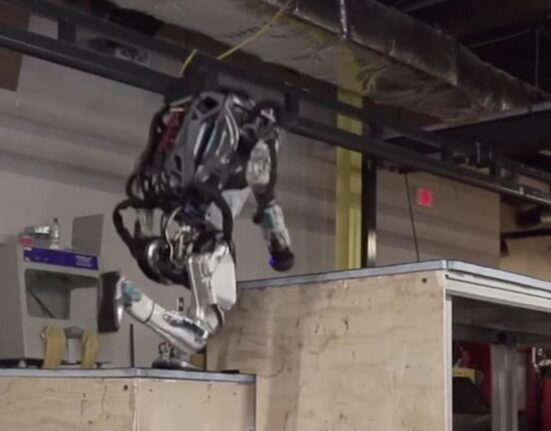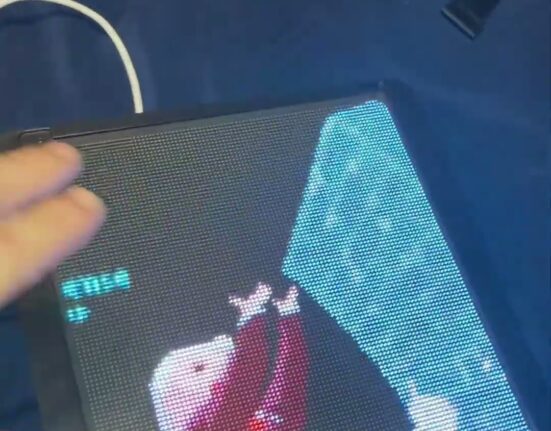Imagine this – a world where the power of your thoughts can move your body, even when physical movement seems impossible. Meet Ismael Seáñez, an assistant professor of biomedical engineering and neurosurgery at Washington University in St. Louis, whose groundbreaking research is bringing us closer to that reality.
Seáñez and his team, led by doctoral student Carolyn Atkinson, have developed a revolutionary brain decoder that holds the key to restoring communication between the brain and the spinal cord. Their innovative approach involves utilizing transcutaneous spinal cord stimulation through external electrical pulses to prompt movement in the lower leg.
Published in the prestigious Journal of Neuro Engineering and Rehabilitation on April 25, 2025, their research marks a significant leap forward in bridging the gap for individuals with spinal cord injuries. What sets this study apart is its focus on decoding neural signals to anticipate and stimulate movement purely based on brain activity.
“After we give the decoder this data, it learns to predict based on neural activity whenever there is movement or no movement,”
explains Seáñez. The team’s methodology involved fitting volunteers with a special cap embedded with noninvasive electrodes to capture brain waves via electroencephalography (EEG). By analyzing these brain signals during both actual leg movements and imagined movements, they trained their decoder algorithm to recognize patterns associated with each scenario.
The beauty of their findings lies in uncovering that our brains employ similar strategies whether we physically execute a movement or simply think about doing it. This revelation opens up endless possibilities for individuals who have lost mobility due to spinal cord injuries.
“One, that it’s more likely that we’re decoding movement intention and not an artifact…and two…we could use their imagination of moving a leg to train our decoder.”
The implications go beyond just understanding human motor functions; they pave the way for personalized rehabilitation strategies tailored to each patient’s unique neural patterns. By harnessing the power of imagination as a training tool for their decoder, Seáñez envisions a future where those unable to move their limbs can regain control through mental commands alone.
But what does this mean for real-world applications? Picture a scenario where individuals with spinal cord injuries can undergo therapy sessions where their intentions are translated into physical actions through targeted stimulation. This not only promises enhanced rehabilitation outcomes but also offers hope and autonomy to those navigating life post-injury.
As funding pours in from various sources including the National Institutes of Health and internal departments at Washington University in St. Louis, Seáñez’s team is poised for further breakthroughs. Their next frontier? Developing a generalized decoder capable of interpreting data from all participants effectively – potentially streamlining its integration into clinical setups worldwide.
In essence, what may seem like science fiction today is rapidly evolving into tangible solutions that could redefine how we perceive disabilities tomorrow. With every discovery made in labs like Seáñez’s, we edge closer to unlocking the true potential of our minds in healing our bodies – one thought at a time.








Leave feedback about this